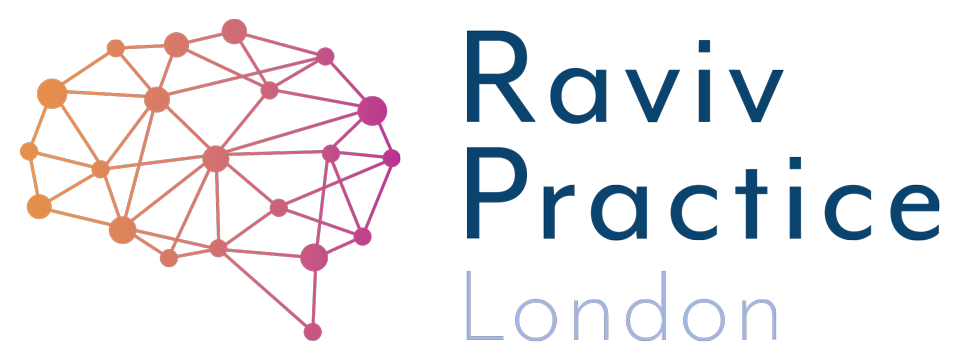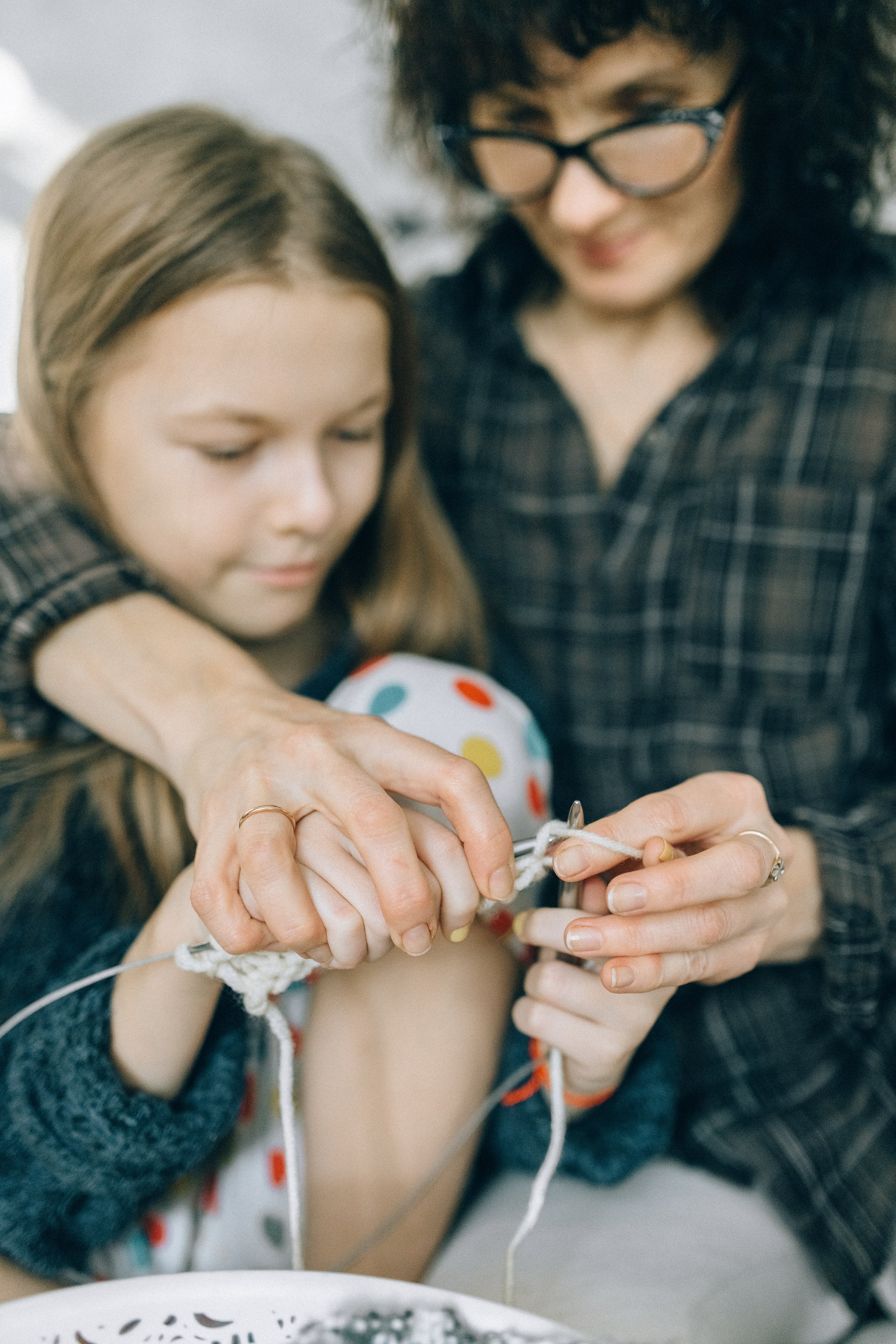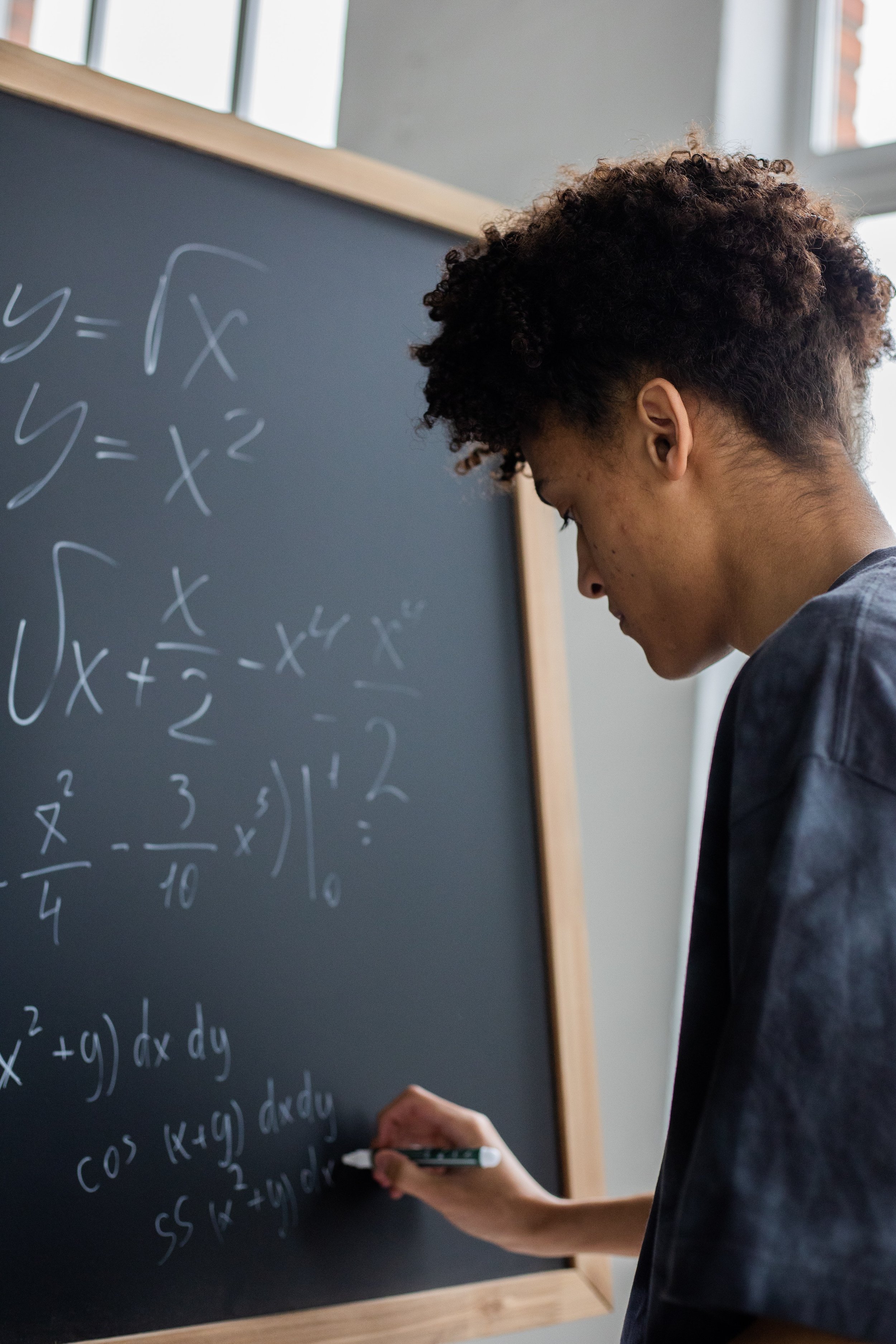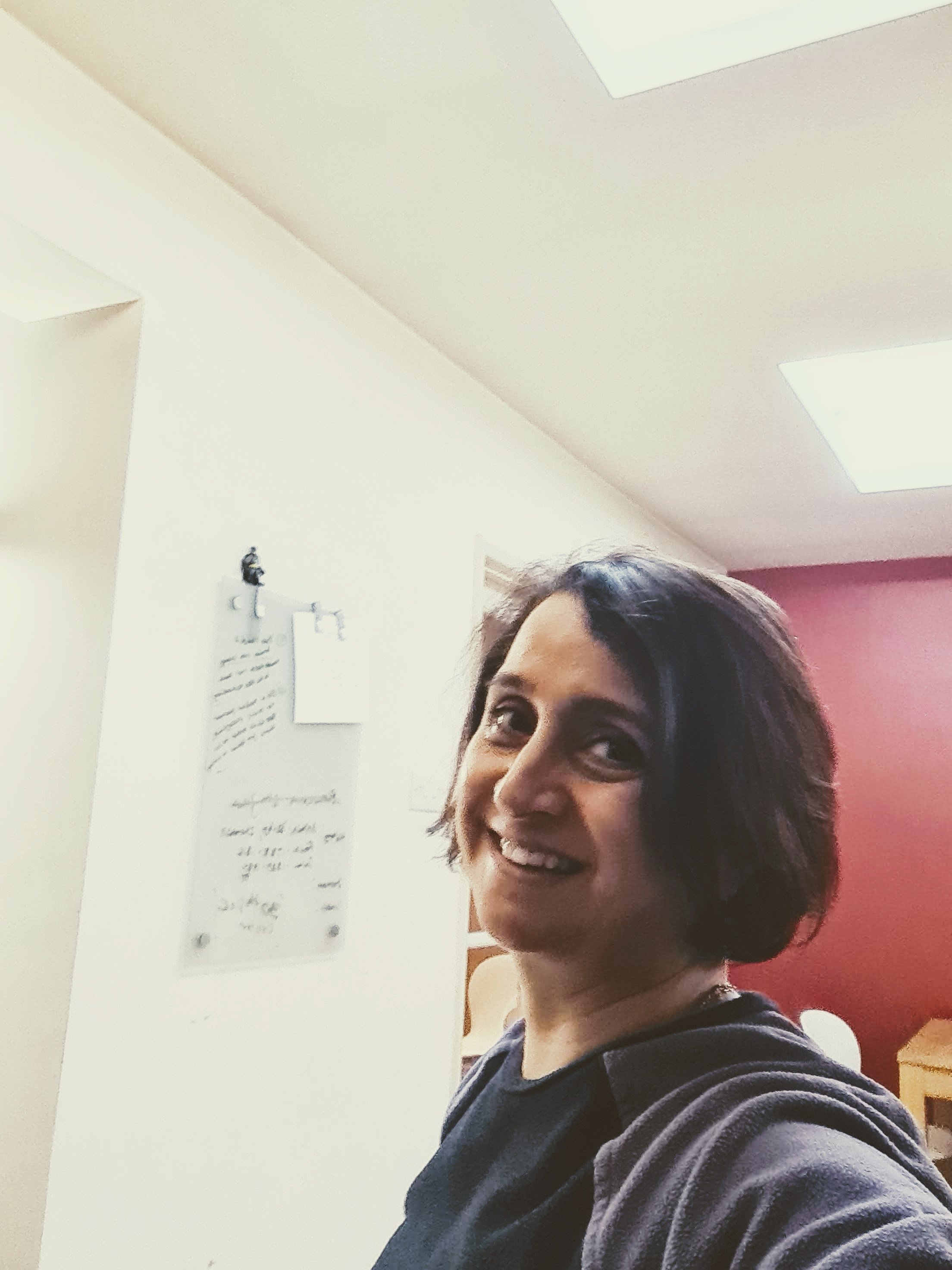How Tom Daley has shown the nation a few things other than diving….like knitting!
How Tom Daley has shown the nation a few things other than diving….like knitting!
A few years back summer of 2021, we are all glued to our TV sets watching the Tokyo Olympics. Nothing was more amusing than seeing Olympic Gold Medalist Tom Daley's knitting. Tom was seen showing off his work to the cameras as he knitted a pouch for his pending medal. So charming – we all went “ahhhh!”.
I couldn’t help wanting to learn more about Tom. Digging around on the internet, I discovered that his education includes a grade A in Mathematics at A-Level. It did not surprise me one little bit. Those dives Tom does require precision, and a mathematical brain helps.
“The magic word is ‘working memory.’ Working Memory is ‘active memory’ ”
But what is the link between knitting and being brilliant at maths?
The magic word is 'working memory.' Working Memory is 'active memory' – it is what we need to hold pieces of information while thinking and doing – especially learning multi steps procedures. We need good working Memory for various tasks: reading comprehension, mental maths, remembering a list of instructions, following a recipe and even knitting! These are but a few examples of the things we do with good Working Memory. Basically, it is used for any activity where we need to both think and remember at the same time in order to perform it successfully.
If you knit, you need to both remember and follow what you are doing now, and remember when the sequence changes. The more complex the knitting task, the more Working Memory is used!
So what is Working Memory? Why is it important to your children?
Working Memory is a critical cognitive task. Without a strong working memory, children have poor attention, poor impulse control, are easily distracted, appear immature and can not keep to any task without constant reminders.
Working Memory has its most significant growth spurt from age four to sixteen, reaching its peak at age 29. After age twenty-nine, it declines. It is very important that children develop this skill and build on it throughout their school years, and beyond.
The more you practise doing things that require you to remember and think simultaneously, such as mental arithmetic, recalling what you read (or see on the telly), and following step by step instructions correctly, the more chances you have to improve your Working Memory.
Improving your working memory is something we can all benefit from. If you want to do a quick check for your child many are available and some at no cost (use the link below if you are curious)
Getting back to knitting.
Knitting is brilliant; aside from Working Memory, it also helps with finger and hand dexterity, developing skills such as;
pincer & tripod grip - needed for writing
hand grasp - needed for writing stamina
hand/eye coordination - for tidy handwriting
finger strength
crossing the middle line
motor planning.
fine motor control
I am all for knitting and yippee to Tom for bringing it to the attention of the entire British Nation!
“Raviv Practice London helps those with fine motor problems as well as Working Memory problems”
Even if you know nothing about knitting, you can see that it is a complex task that greatly involves the use of Working Memory. It is a fantastic example of the kind of activity that can help you improve this essential skill. While you and your child might not fancy knitting (though I strongly recommend you give it a go – you might love it!), there are plenty of other activities that help.
Even in this day and age where computers and keyboard skills are widely used, exams are always handwritten. We need to make sure children develop good speedy handwriting to produce legible work in exam conditions.
Raviv Practice London helps those with fine motor and Working Memory problems. Please get in touch.
Dyslexia? Dyspraxia? ADHD? ASD? Speech & Language? Developmental Delay? Anxiety?
Is every school day a struggle? As a parent, you may feel exhausted and on this journey alone. Each year you see the gap getting wider. You need to do something - change the approach, help your child learn for themselves, find a way to turn this around before it is too late and they won’t listen - do this NOW. the first step is free.
About the Author
Usha Patel is a Neurocognitive Therapist and Director at Raviv Practice London. Parents searching to help their suspected/neurodiverse child can get evidence-based solutions with results in as little as 8 weeks. Those in search of jargon-free help can get started straight away.



